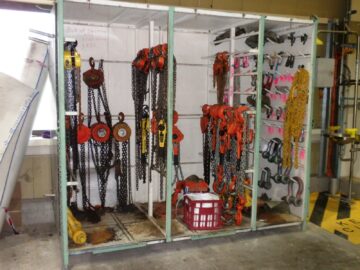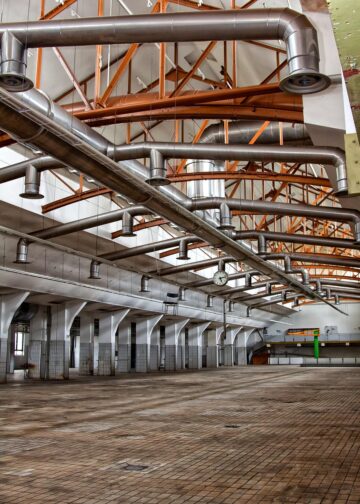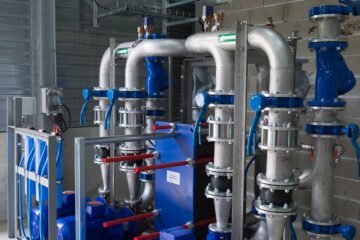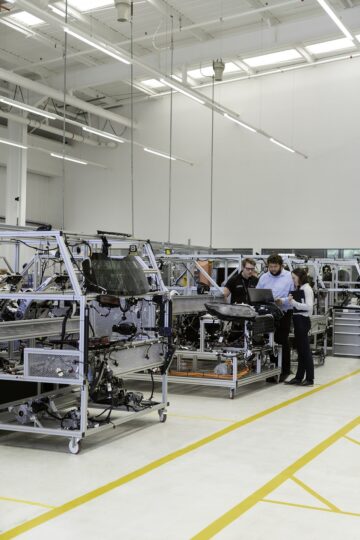May 13, 2017
October 21, 2025
May 13, 2017
The (very) high cost of restrictive practices
What Are Restrictive Practices? Restrictive practices of various kinds are often found in Maintenance organizations. Their cost is much higher than is generally recognized, as explained here, and too often they are accepted
May 13, 2017
The danger of ignoring hidden costs
Some costs in Maintenance are easy to measure, but some of the most important results of changes, such as the impact on “maintenance effectiveness” or productivity are notoriously difficult to quantify. When making
May 13, 2017
Successfully implementing change
There are many books on change management, most of which boil down to the Golden Rule – “Do unto others as you would have them do unto you”. If you are contemplating a
May 13, 2017
Scheduling – Spread sheets or critical path …
Which is the best tool for routine scheduling? Both spread sheets (most commonly MS Excel™) and critical-path software (e.g. MS Project™) can be used for scheduling maintenance work, and both have their place. Both
May 13, 2017
Root cause – a discussion
Much has been written on the subject of the “root cause” and “root cause analysis” (RCA) of failures and it is a subject on which it is worth spending considerable time and effort.
May 13, 2017
Planning and scheduling – what are they?
“Planning and scheduling” is usually a phrase that’s spoken with one breath as if its just one activity, as in “We need to improve planning-and-scheduling”. Planning and scheduling are very different functions, done at
May 13, 2017
Measuring reliability
In an industrial setting, reliability is the “product” of Maintenance, so its very important that it be measured. Maintenance is expensive, and you should know what it is buying you. There are many
May 13, 2017
Looking after the basics
A client once asked me to fly from our office on Vancouver Island to their operation in the UK so that I could provide recommendations on how to improve the service from their
May 12, 2017










